The exotic and irresistible beauty of Leighton House
An ambitious redevelopment project at Leighton House in West London, former home of the artist Frederic, Lord Leighton, has augmented the celebrated interiors of this magnificent studio house. John Goodall reveals how it came into being; photographs by Paul Highnam for Country Life.

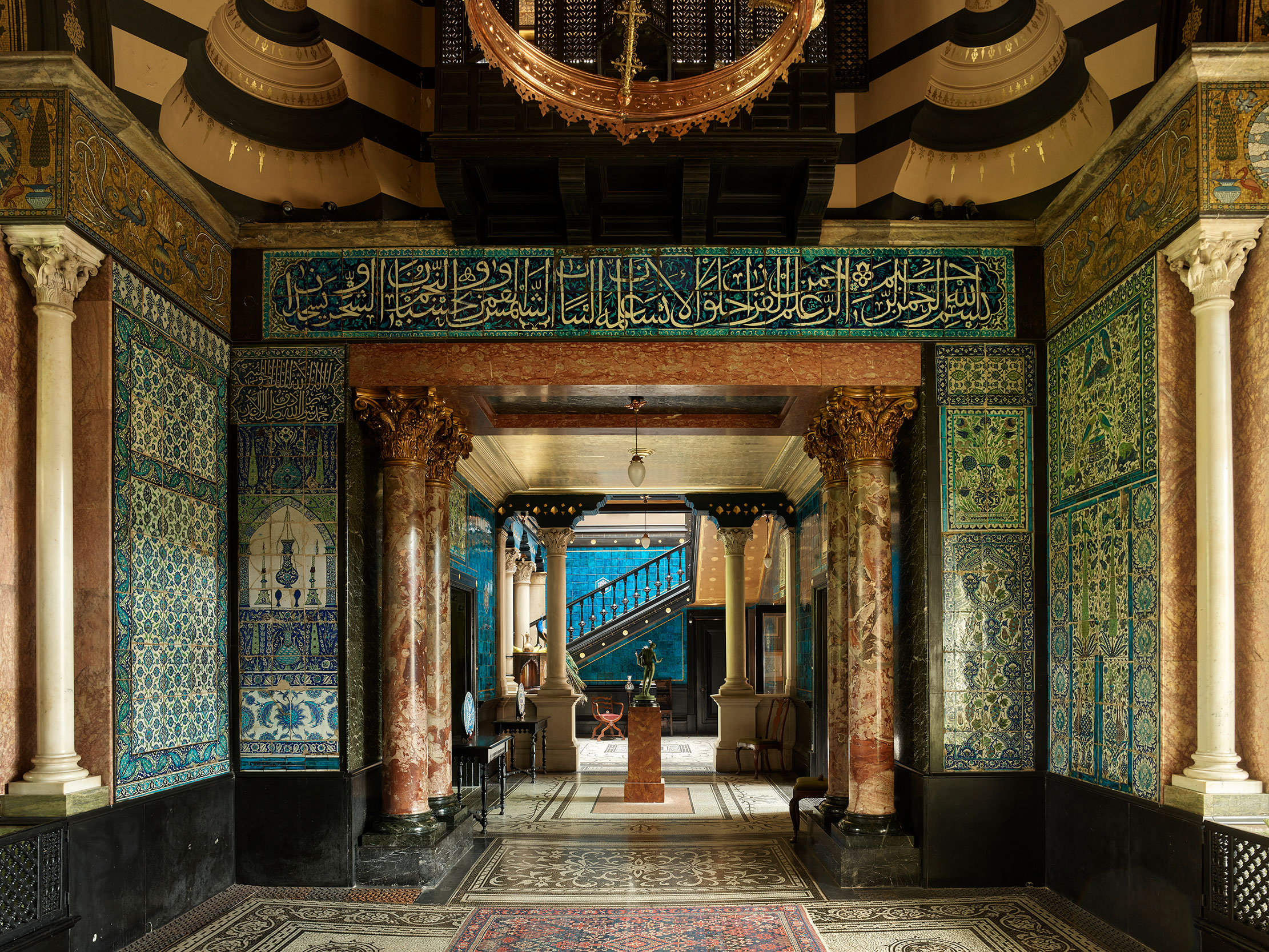
In October 2022, the museum and former home of the celebrated Victorian artist Frederic, Lord Leighton reopened after an award-winning redevelopment. This three-year project has focused on the operation and infrastructure of the building, but it has also aimed to reinstate further the principal historic interiors of the house. As a consequence, the visitor today can appreciate more fully than ever the evolution of this property during the lifetime of its creator.
The story of Leighton House properly begins in Italy, with the introduction of the artist and sculptor George Frederick Watts to the British Minister Plenipotentiary to Tuscany and his wife, Lord and Lady Holland, in 1843. Lord Holland was then the prospective heir of Holland House and its estate on the outskirts of London. The Hollands invited Watts to stay with them in Florence until he could find lodgings in the city, but he immediately became a close friend and remained with them as a permanent lodger for nearly four years.
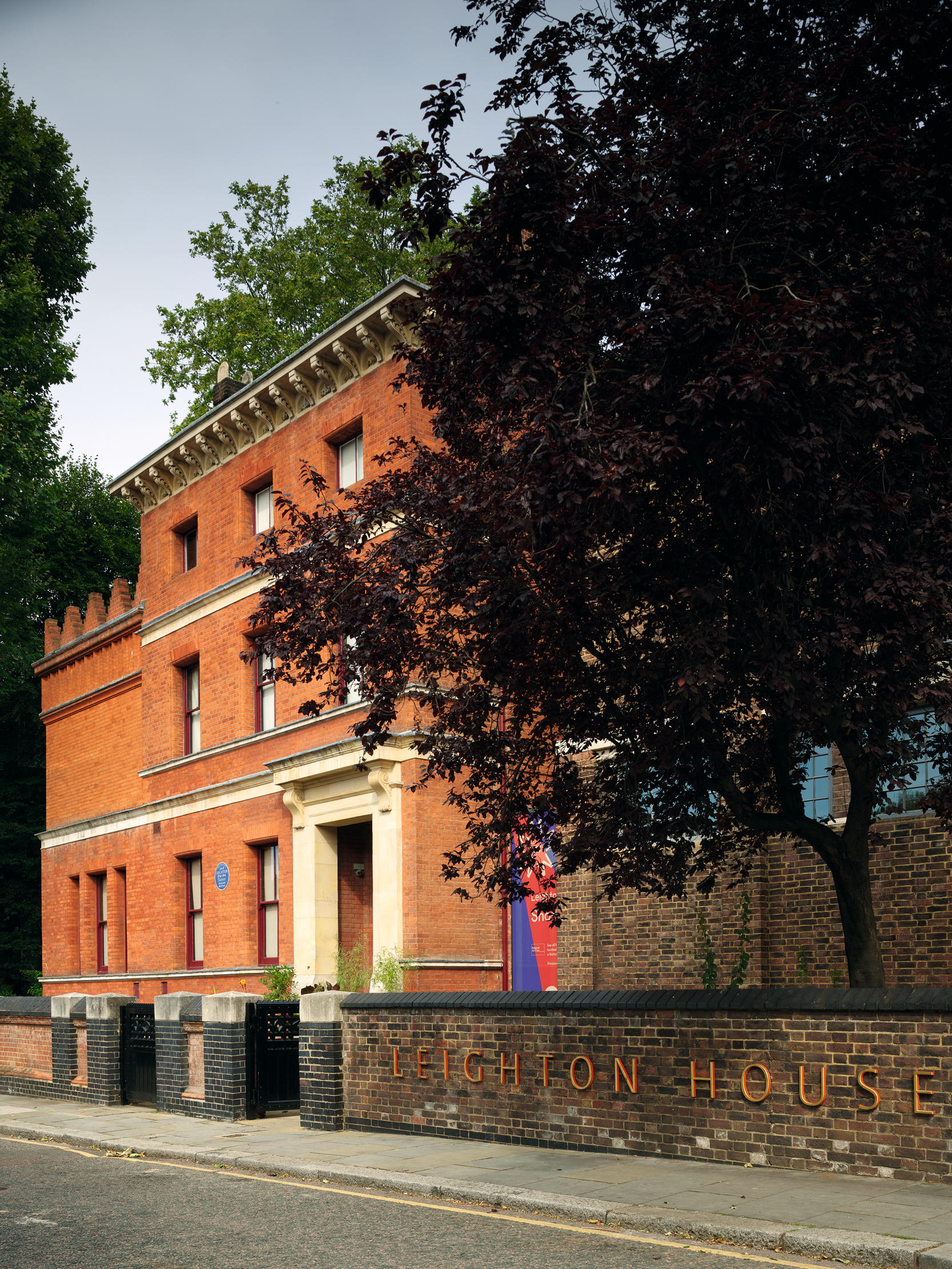
Meanwhile, the young Frederic Leighton was likewise in Europe. He had been born in Scarborough in 1830, before his family moved to London and then, from 1840, spent long periods abroad. Leighton showed an early enthusiasm for drawing and, as the family moved, he studied in sequence in Germany at the Academy of Art in Berlin, Stellwag’s Academy at Frankfurt am Main, the Accademia di Belle Arti in Florence, Italy, and finally, from the age of 16, in Germany again at the Städelsches Kunstinstitut in Frankfurt. This astonishing education accounts for his remarkable facility for languages. He was also an enthusiastic musician.
By the autumn of 1850, Watts was back in England with new friends, the Prinseps. Henry Thoby Prinsep had retired in 1843 as an administrator in India and his wife, Sara, was one of seven Pattle sisters noted for their beauty and accomplishments. They included the photographer Julia Margaret Cameron and — the original point of introduction to Watts — Virginia, Countess Somers. Prinsep’s election to the Court of Directors of the East India Company demanded that he spend more time in the capital and Watts, as a friend of the Hollands, showed the Prinseps an empty, rambling dower house — Little Holland House — on their London estate.
The Prinseps were clearly pleased with the house in its unspoilt setting and, on December 25, 1850, signed a 21-year lease. Once again, Watts became a resident. By Sara Prinsep’s account: ‘He came to stay three days, he stayed thirty years.’ Her connections, enthusiasm and energy, meanwhile, turned Little Holland House into the focus of an artistic and literary circle that attracted such luminaries as Tennyson, Browning, Ruskin and Burne-Jones. Some of the group created a parallel social setting around the Tennysons’ house, Farringford, on the Isle of Wight (Country Life, July 2022).

Leighton was a latecomer to this circle. He met Watts after first exhibiting at the Royal Academy (RA) in 1855 and, by the following year, was using the studio at Little Holland to store pictures. It wasn’t until 1859, however, when he settled in London — although he continued to travel extensively — that their friendship deepened. At the time, Leighton was not well known, but he looked to the institution of the RA as a bedrock on which to build his reputation. This was in stark contrast to Watts, who eschewed its annual exhibitions for most of the 1850s. Leighton, however, put up his name repeatedly from 1861 and was elected associate three years later.
In the same year, 1864, Leighton acquired a plot of land in the immediate neighbourhood of Little Holland House to build a studio home. The next-door plot was likewise purchased by the Prinseps’ son, Val, another artist. There was concern on the part of Leighton’s parents at the expense involved. ‘My dear Papa,’ he wrote, ‘you have taken, I assure you, false alarm. I shall indeed devote more to the architectural part of the building than you would care to do; but in the first place architecture and much ornament are not inseparable, and besides, whatever I do I shall undertake nothing without an estimate.’
Exquisite houses, the beauty of Nature, and how to get the most from your life, straight to your inbox.
Leighton’s choice of architect was George Aitchison, ‘an old friend’, whom he had met in Rome in the early 1850s. Aitchison had hitherto worked exclusively on commercial London buildings, a practice he inherited from his father. As plans for his first house — and one of the earliest purpose-built studio houses in Britain — matured, Leighton trimmed costs. ‘I do indeed contemplate building my house so as to be enlarged at a future day,’ he wrote. ‘I find... that I shall probably be obliged to build at once rather more than I absolutely require for practical building reasons, but I need not therefore furnish more than I require.’
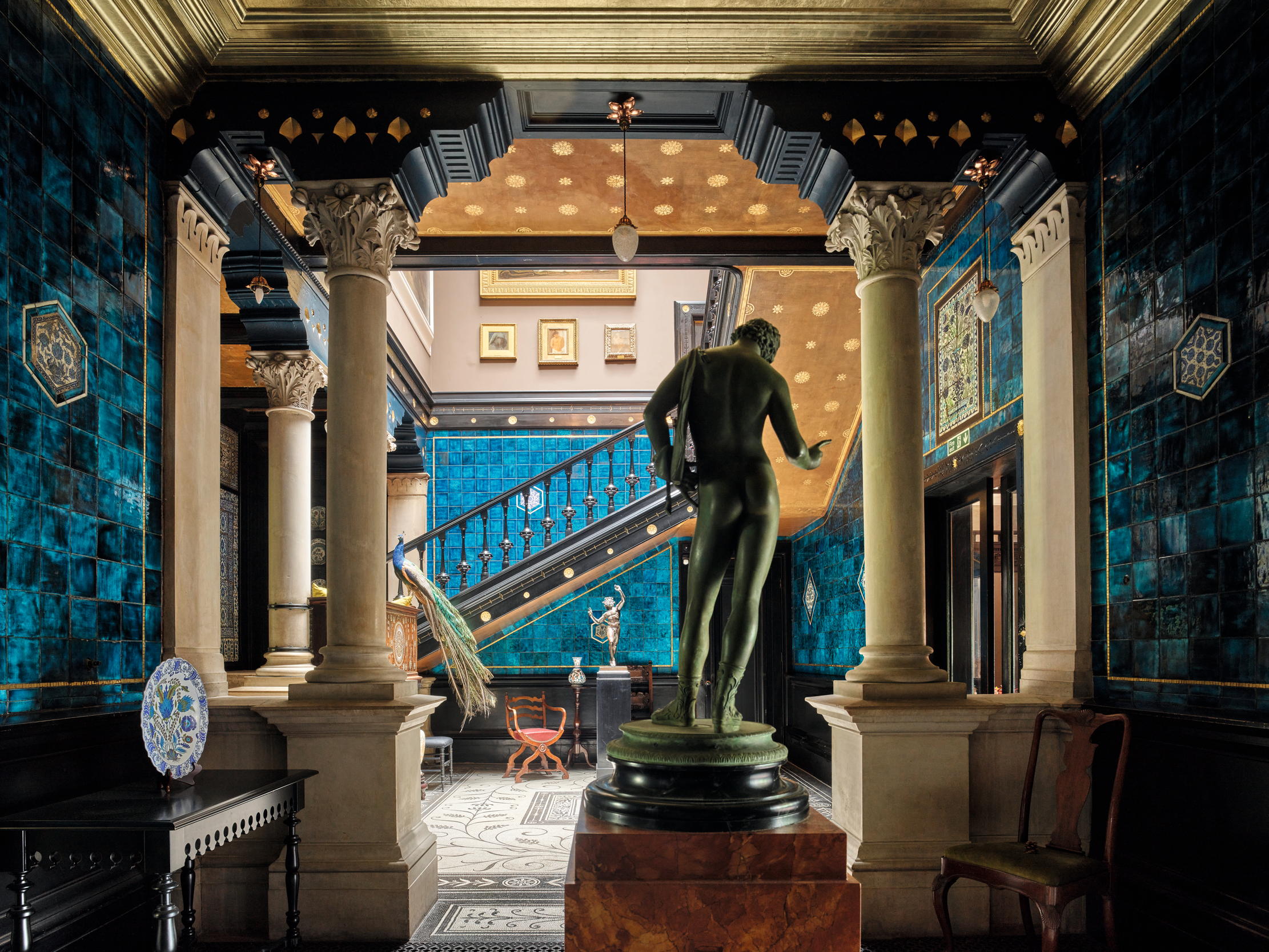
The façade of the new house was a box three bays wide and three storeys tall, with a deep eave in the manner of a Renaissance palace. Strikingly for Italianate Kensington, the exterior was not stuccoed, but faced in brilliant red brick and detailed in stone. The original front door was asymmetrically placed to the left of the façade; perhaps the intention was to make it the future centrepiece of a five-bay frontage. If so, then the subsequent changes that Leighton undertook departed from the original plan.
A short corridor connected the original front door to a splendid stair hall. Its stair led to the studio on the first floor, which doubled as a gallery and entertaining space. The scale of this semi-public room and the ascent to it are in complete contrast to the domestic rooms in the house. On the ground floor, these included a drawing room (Fig 4) hung with landscapes and a dining room. Leighton’s own bedroom, tucked away on the first floor, is furnished simply with a brass bed. He never married and the spartan simplicity of the interior suggests that a chasm existed between his public and private lives (the theme of a thinly-veiled short story by Henry James, The Private Life, 1893). Leighton took up residence in the autumn of 1866.
In January 1867, Watts was elected an associate of the RA. Full membership almost immediately followed in December, a dignity that Leighton secured the following year. Leighton immediately threw himself into the life of the RA schools and also into the business of its Summer Exhibition, which, in 1869, was taking place for the first time in Burlington House. As if in response to his new-found status, he also began planning an extension to his house with Aitchison, increasing the size of the studio, creating a canvas store and reconfiguring an entrance for models.
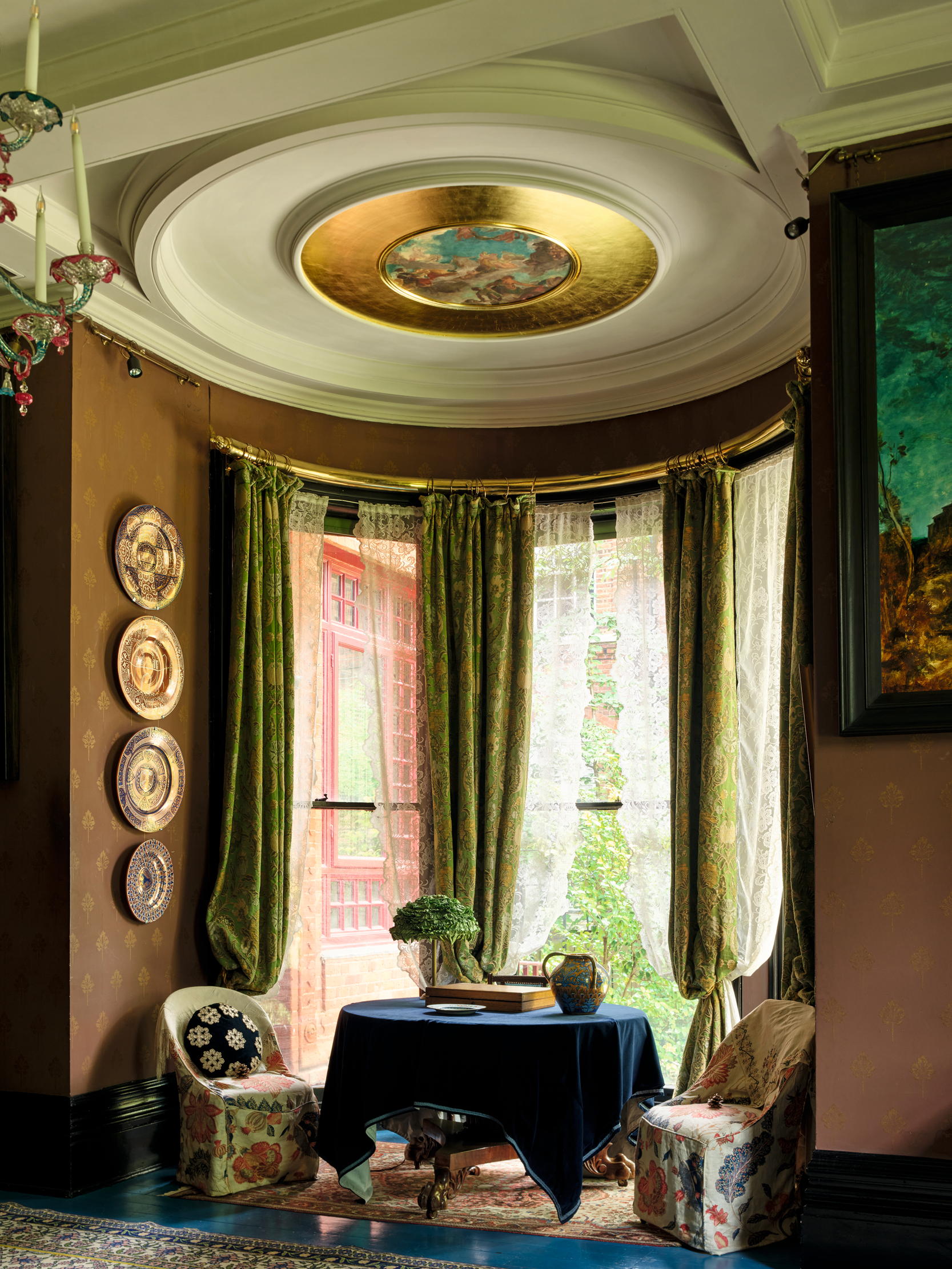
Soon after these changes were completed, the future of his Kensington circle came under threat with the expiry of the Prinseps lease of Little Holland House in 1871. The Prinseps were now unwell and the widowed Lady Holland was advised to sell off the property for development. Watts was distraught and worked busily to build a new house, The Briary, on the Isle of Wight for the Prinseps. In the interim, the Holland lease was renewed on an annual basis and, by the time the house was vacated and demolished in 1875, Watts had purchased a building plot just behind Leighton’s property. He was not alone in building nearby.
The same year, the illustrator Marcus Stone also began a neighbouring house and, in 1876, so, too, did a former travelling companion of Aitchison, the architect William Burges, as well as the sculptors Mary and Thomas Thornycroft. Part of the appeal of this celebrity neighbourhood was that everyone could conveniently partake in ‘Show Sunday’, an open-house event when works destined for the RA exhibition could be admired and purchased in advance of their public display. The Prinseps’ circle was assuming architectural permanence within the loop of a Kensington road. Remarkably, only three of the 11 studio houses created in this period have since been lost. Apart from Leighton House, they remain in private ownership.
Nor did Leighton stand still. In 1877, he commissioned Aitchison to further extend the property, opening out the staircase hall (Fig 3) to create a spectacular tripartite entrance that culminated in the most famous interior of the house, the Arab Hall (Fig 2). This makes use of tiles and furnishings collected by Leighton in his travels to Egypt, Turkey and Syria, as well as new work by William De Morgan and Walter Crane.
On November 13, 1878, as this extraordinary creation rose from the ground, Leighton was elected president of the RA and knighted. He held the post for 18 years, although, by the assessment of the Oxford Dictionary of National Biography, his biennial addresses on such themes as ‘the relationship between art, morality, and religion, and national schools of art… were undeniably dull in presentation and in content’.
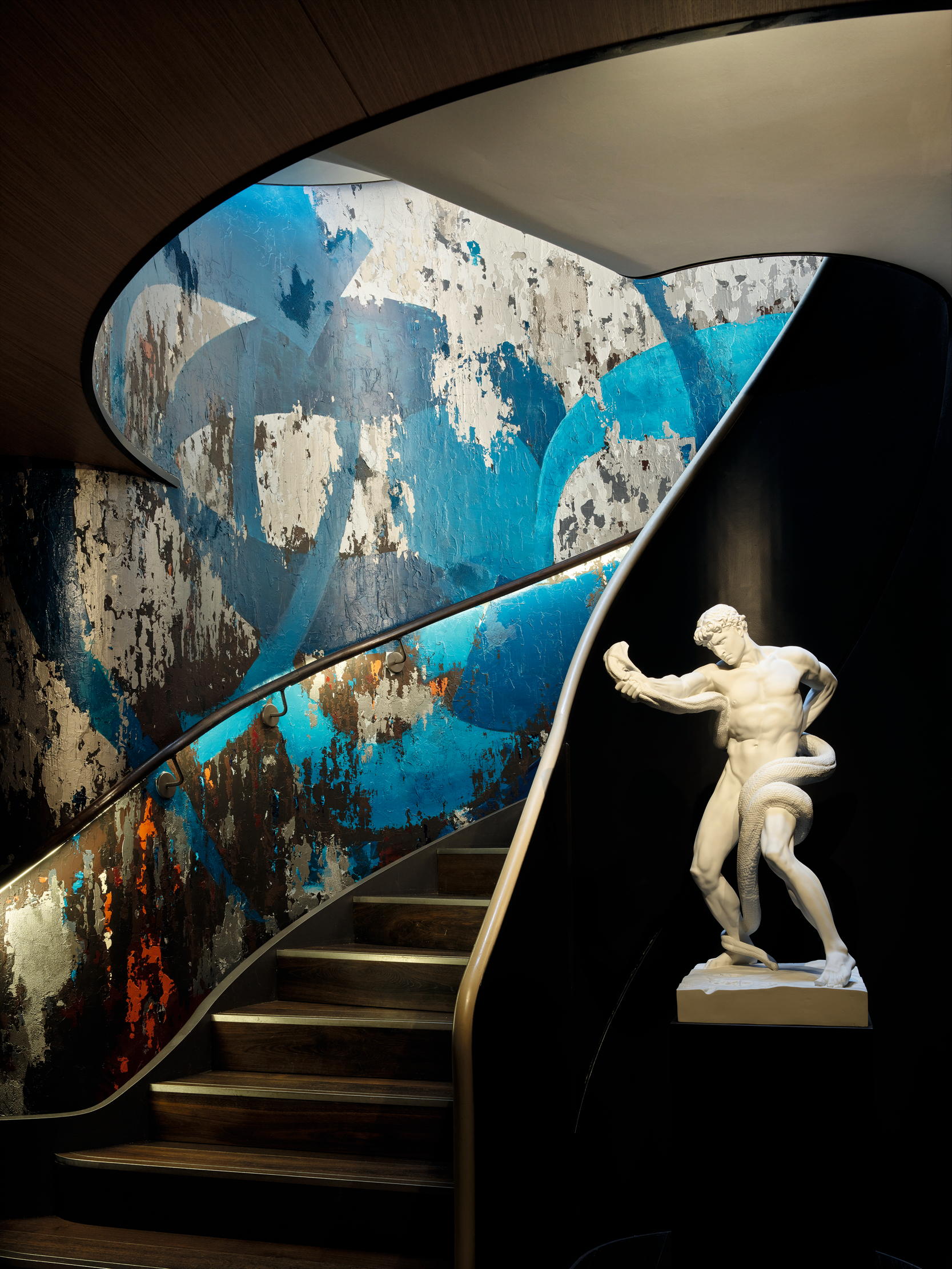
Leighton was now a grandee of the artistic establishment, involved in the South Kensington Museum and otherwise a formidable advocate for the Arts. His home and studio became a setting for grand entertainment, as well as a gallery and a place of work.
To overcome the difficulties of winter light and weather, in 1889–90, he added a glazed extension to his studio, raising it up on massive iron columns. His final alteration to the house, however, was his transformation of a roof terrace in 1894–95 into the Silk Room opening off the staircase landing. This became a gallery for the display of paintings by his contemporaries, including John Singer Sargent, Lawrence Alma-Tadema and Watts. The following year, he was created Baron Leighton of Stretton in 1896, the first artist to be so dignified (although Watts had twice refused ennoblement, in 1885 and 1894).
At Leighton’s death in 1896 — eight years before Watts — the future of the house was a matter of contention. Some asserted that he had wished the property to become the official residence of his successors as presidents of the RA (appropriately enough, his last recorded words were ‘My love to the Academy’). There was no formal instruction, however, to act upon. The house and contents were first offered for sale by Leighton’s sisters, but no buyer emerged. The sisters, therefore, put the contents on the market and stripped the interior of all but the fittings. They then handed the lease to a committee organised by Leighton’s biographer and neighbour, Emilie Barrington, which opened it in 1900 as a museum. The sisters and Barrington also constituted the core of its collection of drawings and works by the artist. In 1927, the freehold was transferred to The Royal Borough of Kensington and Chelsea, which has managed it ever since.
During the course of the 20th century, Leighton’s reputation sank low. What remained of the original house interiors was obscured and the building extended to suit a multitude of different purposes. In the 1980s, however, the curator Stephen Jones began the process of restoring the interiors. This work was further advanced in 2008–10 (Country Life, October 6, 2010) and again in the most recent award-winning project under the direction of the present senior curator, Daniel Robbins, and the architects BDP.
In addition, by removing unsympathetic 20th-century additions, it has been possible to create not only a new entrance (Fig 1), café and shop but improve the facilities more generally. There is level access to all the public rooms, as well as new storage for the collection, a learning centre and a drawings gallery. At the same time, the 1870s entrance has been reinstated and the winter studio restored. Most eye-catching of all is a new stair, decorated with the specially commissioned mural Oneness by the Iranian artist Shahrzad Ghaffari (Fig 5). It is a fitting tribute to the project as a whole that it was shortlisted as a finalist for the Art Fund Museum of the Year Award for 2023.
Visit www.rbkc.gov.uk/museums
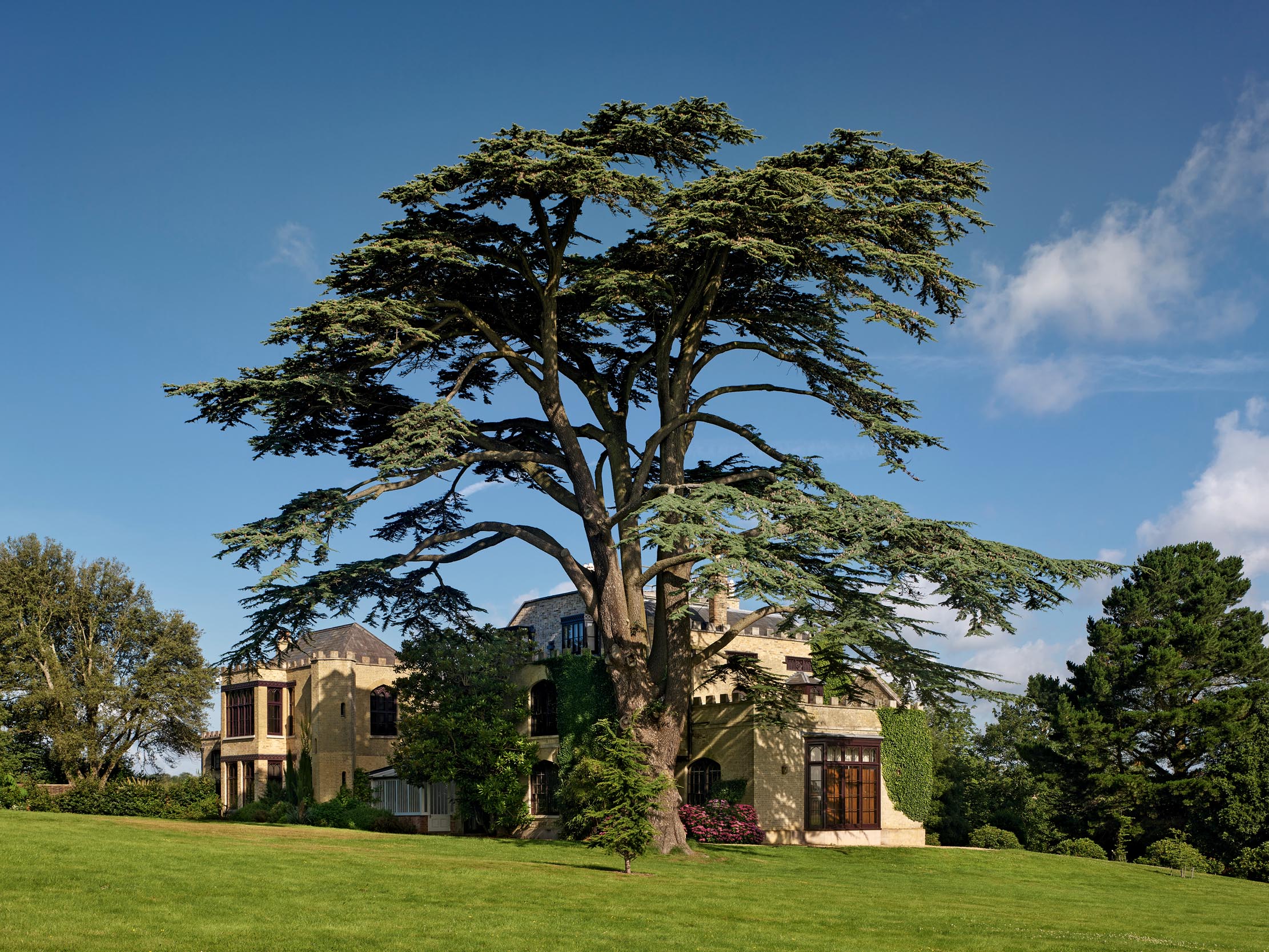
Farringford: The story of the Isle of Wight bolthole of Alfred, Lord Tennyson
After nearly 60 years as a hotel, this former home of the poet Alfred, Lord Tennyson has been triumphantly restored

John spent his childhood in Kenya, Germany, India and Yorkshire before joining Country Life in 2007, via the University of Durham. Known for his irrepressible love of castles and the Frozen soundtrack, and a laugh that lights up the lives of those around him, John also moonlights as a walking encyclopedia and is the author of several books.